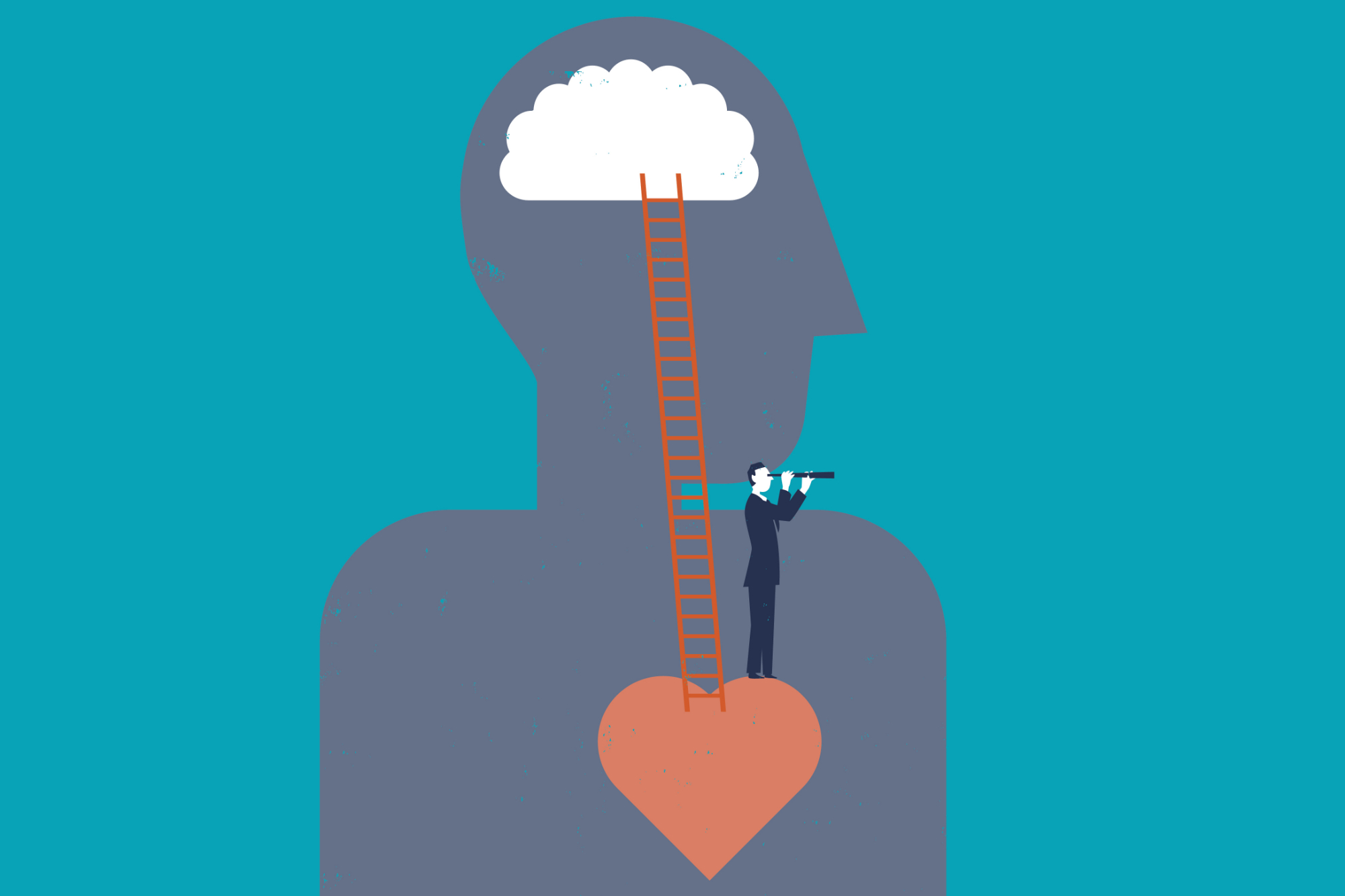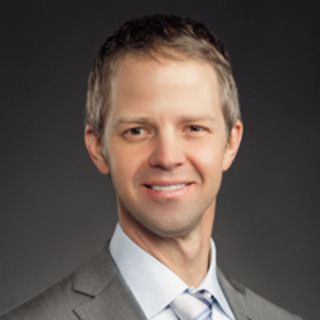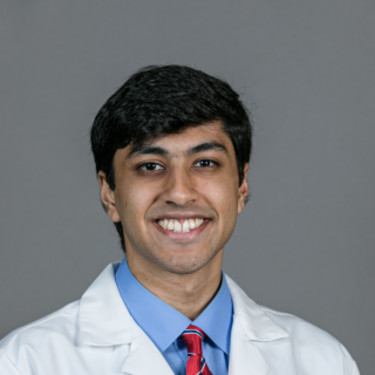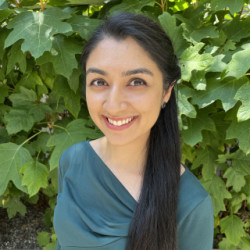
Beauty is truth, truth beauty — that is all ye know on earth, and all ye need to know.” – John Keats
Medicine is founded on truth, on knowledge. “Diagnosis” in Greek is, “a thorough knowing.” Keats was a practitioner of truth, both as a physician and poet. Consider for a moment if medicine were to accept his passionate proposition. To be thoroughly knowledgable, medicine would need a professional discourse in beauty. Here profound questions are raised: Is there beauty in medicine? How would one appreciate such knowledge? Is this professionally valuable?
Medicine hasn’t traditionally incorporated a discourse in beauty. This reflects a historic lack of professional value in it. In counterpoint, I’ve taught a course in art and literature in medicine to medical students and residents for a number of years, and the feedback has generally been along the following lines: “The most meaningful thing I’ve done in medical school so far” and “the best thing I’ve done for wellness in a while.”
I’m not alone in such observations. This clustering of meaning and wellness around art in medicine would imply a benefit to the profession in beauty. Further questions are raised; What benefit? How does aesthetic discourse facilitate an appreciation of medical meaning? How does it promote wellness? The answers to these questions are no doubt profound, complex, and ultimately personal. Here I will offer but a handful of thoughts from my experience to add to a growing professional discussion regarding art in medicine.
Aesthetic discourse is not the practice of anesthesia, of being unconscious to one’s sensitivity and feelings. Rather it’s a discourse in aesthesia, of being intentionally conscious to one’s feelings and sensitivities in order to access the meaning and knowledge conveyed though these parts of the human mind. Aesthetic discourse is thus inherently emotional. Art is recorded emotional experience conveyed not in words — the language of intellect — but in the natural language of emotion — sensuality, circumstance, and symbolism. Beauty reflects passionate truth. This is an essential understanding. To consider the value of art in medicine, one must then consider the value of professional aesthesia and the contribution of emotion to the profession and in particular to medical meaning, wellness, and knowledge.
In regards to meaning, one hears of finding meaning in medicine. Where was it lost? At the core of medical meaning is expressed human compassion. The empathetic urge to care for a fellow human being who suffers is the raison d’êrtre of the profession. Therein lies medicine’s beauty. Our passions permit our compassion. Medical meaning thus requires an emotional acumen to apprehend it. Yet modern medicine has become increasingly hyper-intellectualized and concomitantly clinical emotions have become progressively marginalized. Indeed emotional distancing is a core feature of the hidden curriculum of medicine. At times there are practical reasons for such emotional suppression given the overwhelming emotional content of medical practice. But if we in medicine go too far and lose our engagement with clinical emotion, then medical meaning is inescapably lost. Professional aesthetic discourse, as a deeply emotional exchange, facilitates an appreciation of and engagement with clinical emotion and medicine’s compassionate meaning.
In terms of wellness, sadly medicine has become unwell. Burnout is pervasive and expanding. The profession is in crisis. Wellness in medicine reflects professional mental health. “Health” in the Old English means “whole.” Health thus requires a caretaking of the whole person including the whole mind. Modern hyper-intellectualized medicine has neglected clinical emotions and let them languish apart, estranged, and forgotten. Thus the medical mind has been made humanly unwhole, unbalanced, and unwell. Modern medicine’s industrialized work environments have further hardened the medical mind by strategically formulating practitioners as standardized cogs in frenetic health factories and thus alienating practitioners from their own individual selves and their unique patients. By taking time to reengage one’s own clinical feelings, aesthetic discourse validates the unique self and makes the medical mind more whole and healthy.
And what of knowledge? By way of science, modern medical truths have grown to become exclusively intellectual and thus cool, objective, rational, unbiased, and willfully created. Emotional truths, in contrast, are warm, subjective, intuitive, personal, and spontaneously generated. Emotions register the truth of value. They are the language of value in the human mind and provide knowledge of gain and loss, better and worse, good and bad. Intellectual and emotional knowledge complement each other, and together they create a balanced and complete knowing. For medical truths to be truly diagnostic, thoroughly knowledgeable of our patients, ourselves, and human existence, medicine must develop a better understanding of the nature of emotional truths and how to incorporate their knowledge of value into medical practice. Aesthetic discourse provides an avenue for just such development.
For a modern medicine that’s losing its meaning and wellness, what’s needed is not so much resilience, a leaping back to what came before, but rather a prosilience, a leaping forward into a new reality. This is in part an epistemic leap — a leap in knowing. To do this, what will need to be nurtured and developed is a sensus medica, a professional sensitivity to clinical emotions and the knowledge they bring to the profession. Art not only can offer a discourse in meaning and wellness to modern medicine but also a way forward into an as yet undiscovered future in which medical practitioners are professionally encouraged to balance their minds and not only embrace medicine’s rational scientific truths but the passionate humanistic truths that arise out of the aesthetics, the poetry, and the beauty of the healing art.
Dr. John Clark has a B.A. in biochemistry from UC Berkeley and an M.D. from UC Davis. He has worked for 35 years doing full scope family medicine in Salinas, CA and is an Associate Clinical Professor of Medicine at UCSF. He teaches a course in art and literature in medicine to medical students and residents though Natividad Family Medicine Residency Program.







